Centaur Design
Exploring co-creation between children and text-to-image AI models in design research.
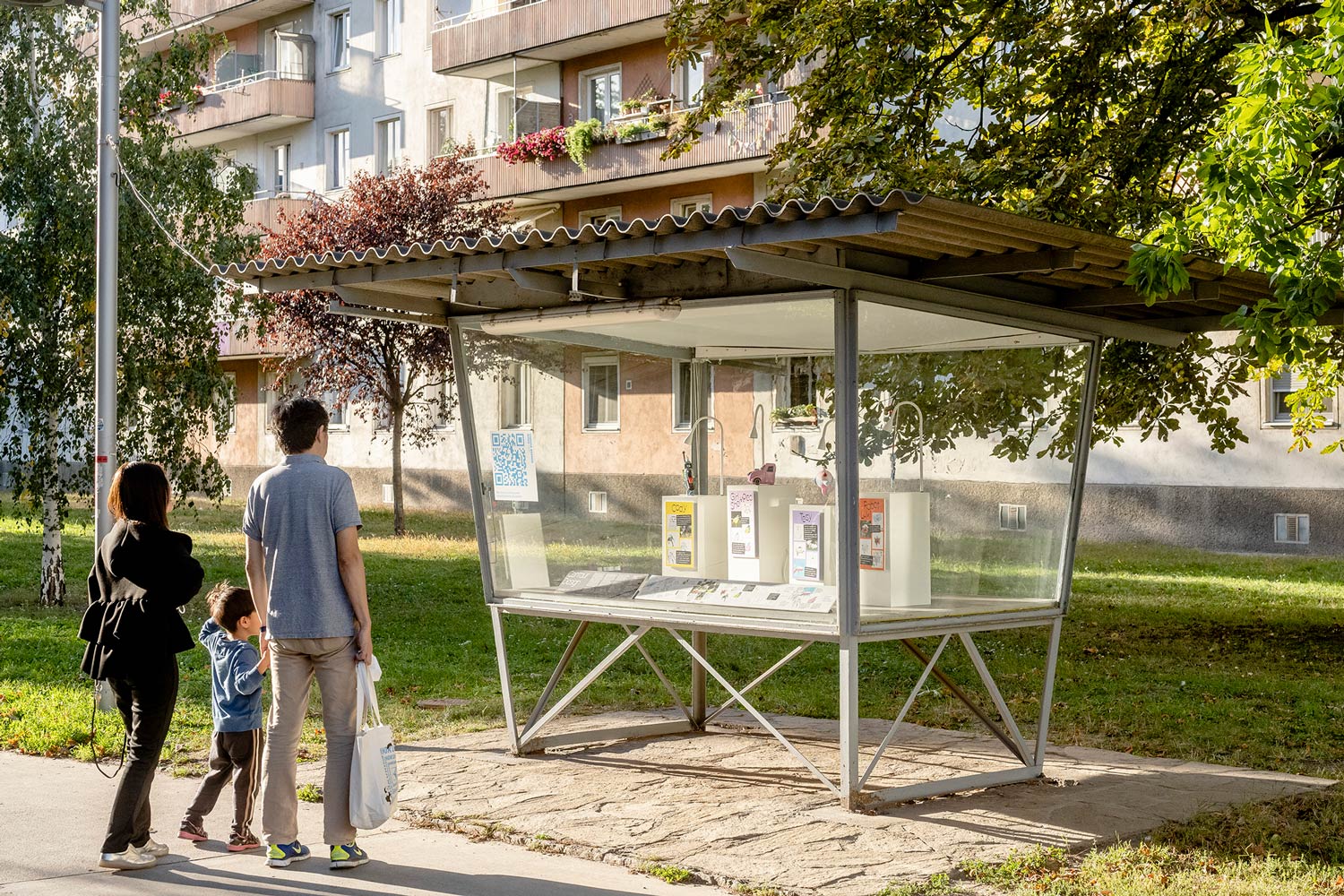
Humans & AI
With artificial intelligence as the next frontier in the design process, the question how future designers and AI will coexist, arises. Art and culture don't seem to be an optimization problem. Especially as a design student, I was interested in how to approach these technologies as a tool.
Collaboration
Instead of fear and rejection, I wanted to find out how some of these tools can be used in a creative process. It became clear that productive collaboration would require rethinking the image of AI as an adversary and exploring collaborative modes. Besides the cliché of AI replacing humans, there are other theories on how AI and humans can coexist. An exciting one is the "Centaur" approach, in which humans and machines bring their best features to the table.
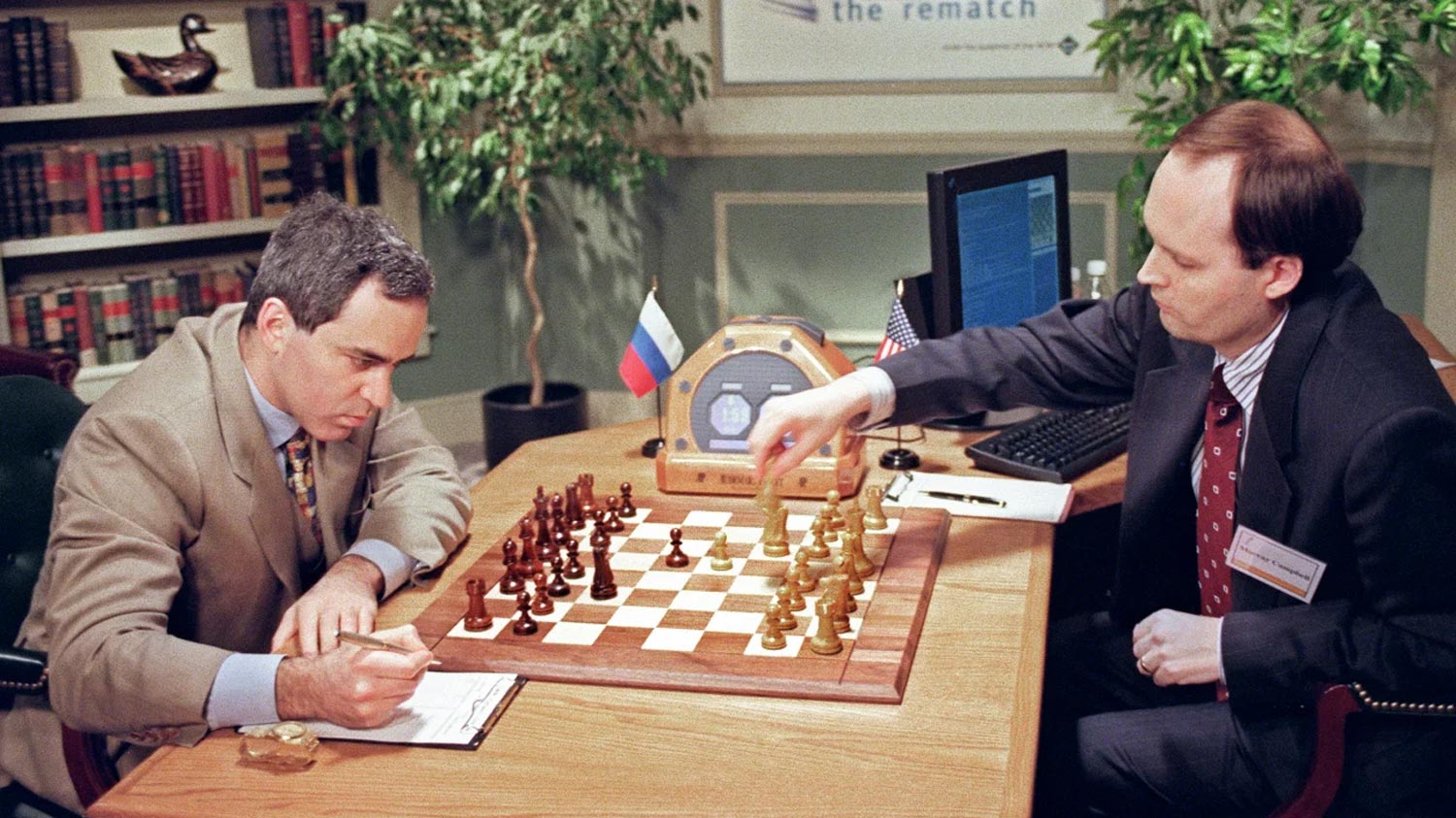
Centaur Design Experiment
The Centaur approach was theorized when Garri Kasparov lost a chess tournament to IBM's Deep Blue in 1997. Instead of feeling replaced as a human chess player, he saw a new and exciting form of chess emerging in which machines and humans share the best features. To explore collaborative modes between humans and AI in a design related context, this experiment will explore this approach in a design process. In this iterative process, which is tailored specifically for children, humans and AI work together to design toys.
Cody
At the beginning, a child is asked to provide some information (text, sketch, material) about her or his desired toy. One child gives his toy the name "Cody", draws a robot and describes it like this:
"He is a robot, he can tinker, he has many different tools. He develops human emotions and can save people. He can swim and so many things."

The information taken from sketch, text and choice of material was used as written input for a text to image model (BigSleep by Ryan Murdock) to generate a first draft of the toy. It is interesting how elements of the story told by the child, significantly influence the draft of Cody. The neutral network "BASNet" is then going to cut out the background.

Two models trained to convert images into sketches (Artline & Photosketch) are now fed the masked images. The results are further processed into a template sketch and shown to the child.

The child is now required to describe the image and to complete the approximated sketch.
"I can see a half finished robot dog. I can see only one leg. One head. A half finished body. A weird horn."
From the text and the sketch, we get a definition of the geometries as well as a structured anatomy, distinct facial elements and a kind of horn. In addition, we get a new element: the antenna/tail. Cody began as a clear narrative and a rough sketch. Through the use of AI collaborators, a character, that supports the story with emotional traits and a variety of tools, was created.


Girl Sherwoled
A child gives its toy the name "Girl Sherwoled" and draws a car with stereotypical feminine attributes. It describes it like this:
"It can drive, light up, and talk."

After going through the process described before, the child is now required to describe the colored image and to complete the approximated sketch.
"I can see that it is small and not big. I can see that the front is big and the back is small."
The gender-specific design elements (as propagated) originally removed by the AI are brought back by dipping the whole car in a rich pink. The supposed cross was implemented as a Chevrolet logo which gives more sense to the name "Sherwoled". "Girl Sherwoled" is a good example how the biases, of the designing parties involved, can influence the design.
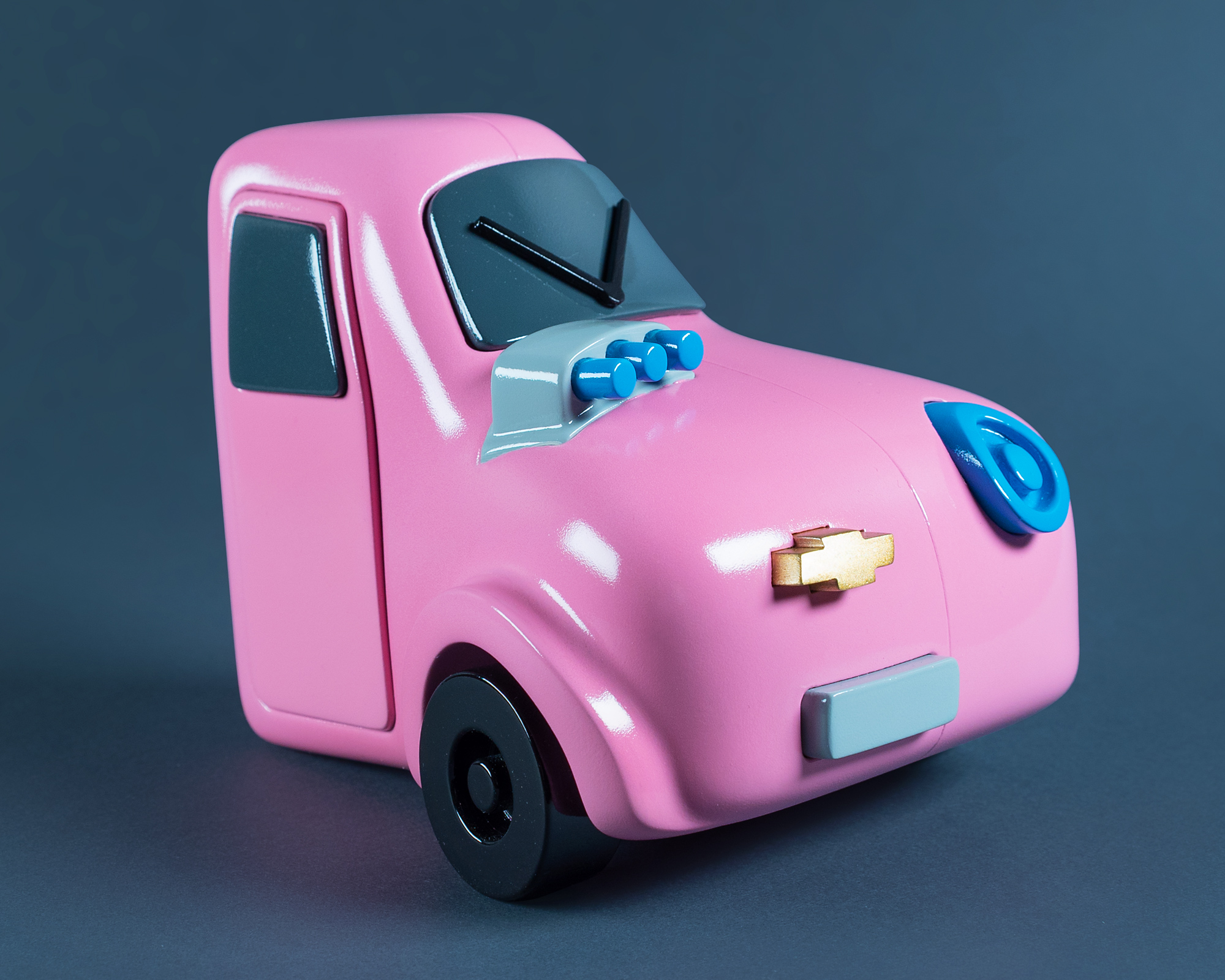
Tesy
A child gives its toy the name "Tesy" and draws a sketch that shows an animal that looks like a hybrid of cat, pig and unicorn. The child describes Tesy as follows:
"She can talk and she is very fluffy and cute. Sometimes she makes noises like, "I'm hungry!" Or, "I want to dance and listen to music."
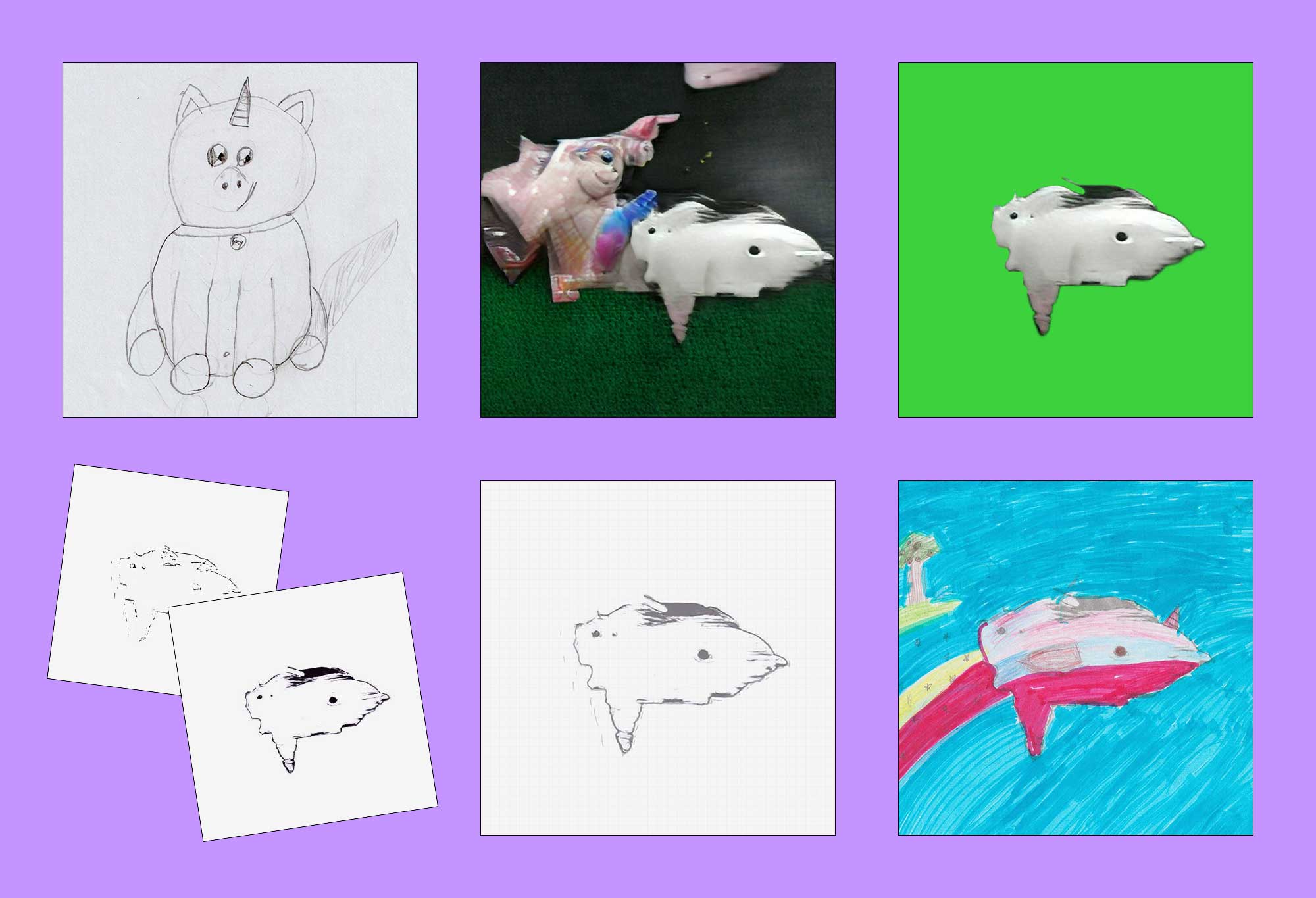
After going through the iterative process described before, the child is now required to describe the colored image and to complete the approximated sketch.
"I can see a dolphin. It has black eyes and a pointy nose."
Here, the direction of movement and the color scheme are defined. In addition, the child gives us the information that "Tesy" is probably a kind of dolphin. "Tesy" began as a toy that used familiar aesthetics. Through the collaborative process with AI, a unique and charismatic character was born.
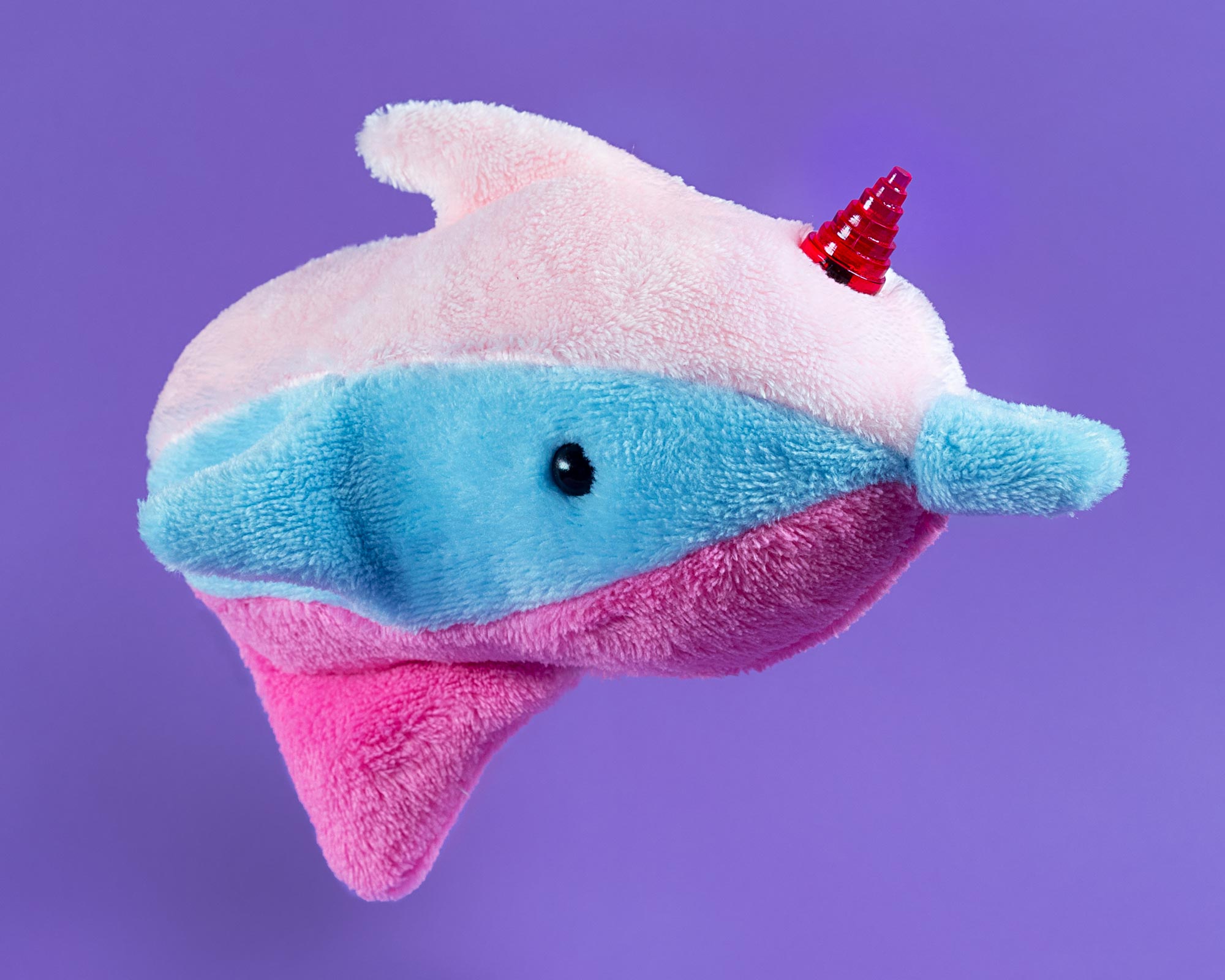
Robot Luxi
A child gives its toy the name "Robot Luxi" and draws a classic robot with big wings and some tomatoes on the ground. It describes it like this:
"He can fly and he has a lot of tomatoes."
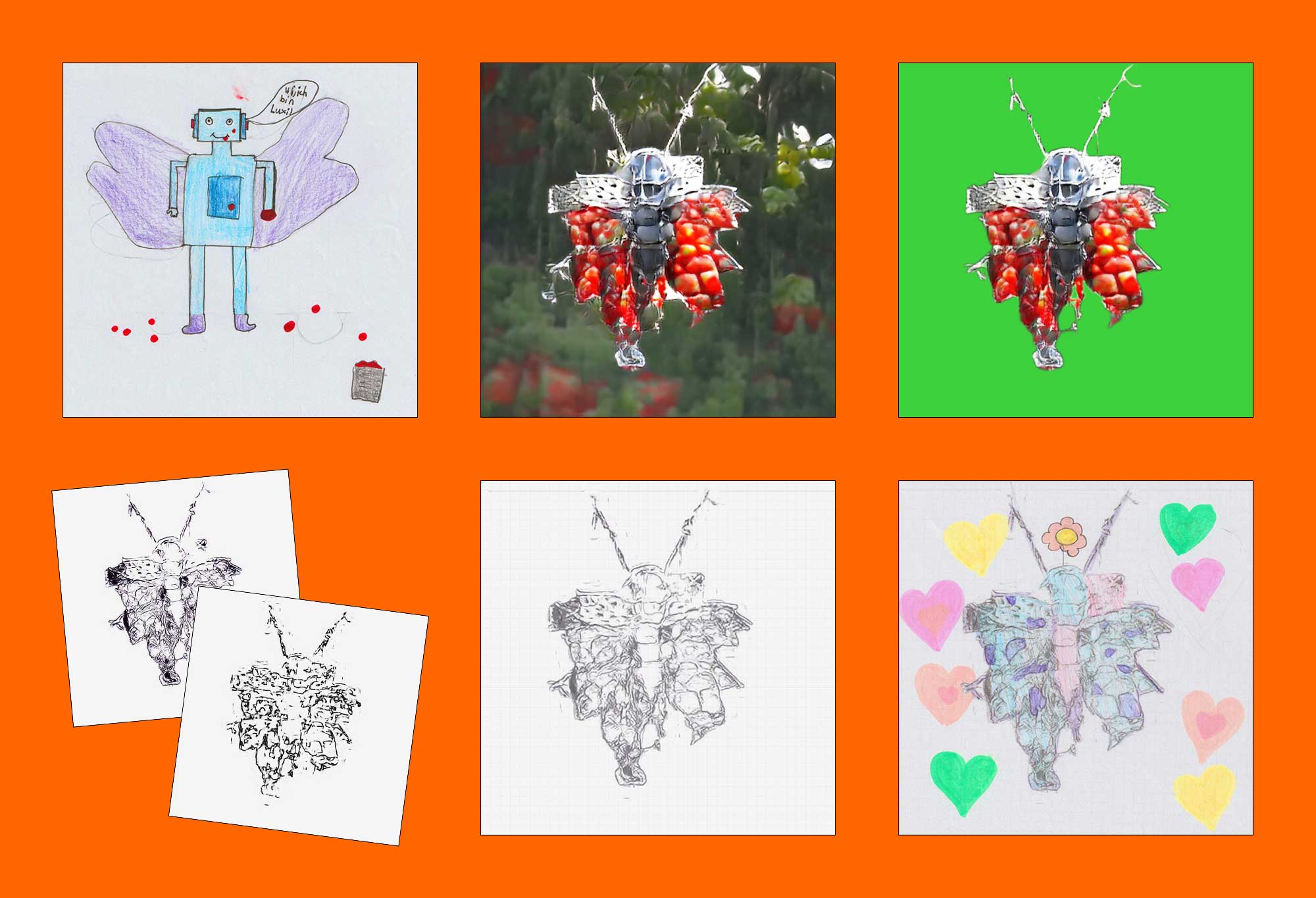
After going through the iterative process described before, the child is now required to describe the colored image and to complete the approximated sketch.
"I can see a robot butterfly with many bright colors."
The interesting geometry, which was generated only because of the input that "Robot Luxi" should have many tomatoes, was ignored by the child and has been supplemented with purple color. The otherwise problematic command and control behavior, which executes human commands without question, is used here as a design tool that leads to exciting geometries in "Robot Luxi".

Exhibition
For the exhibition at the Angewandte Festival 2021, four A1 posters containging information about the project were printed. The toys were placed on custom-made pedestals and staged by also custom-made lamps. The posters were designed in collaboration with Lucy Li.
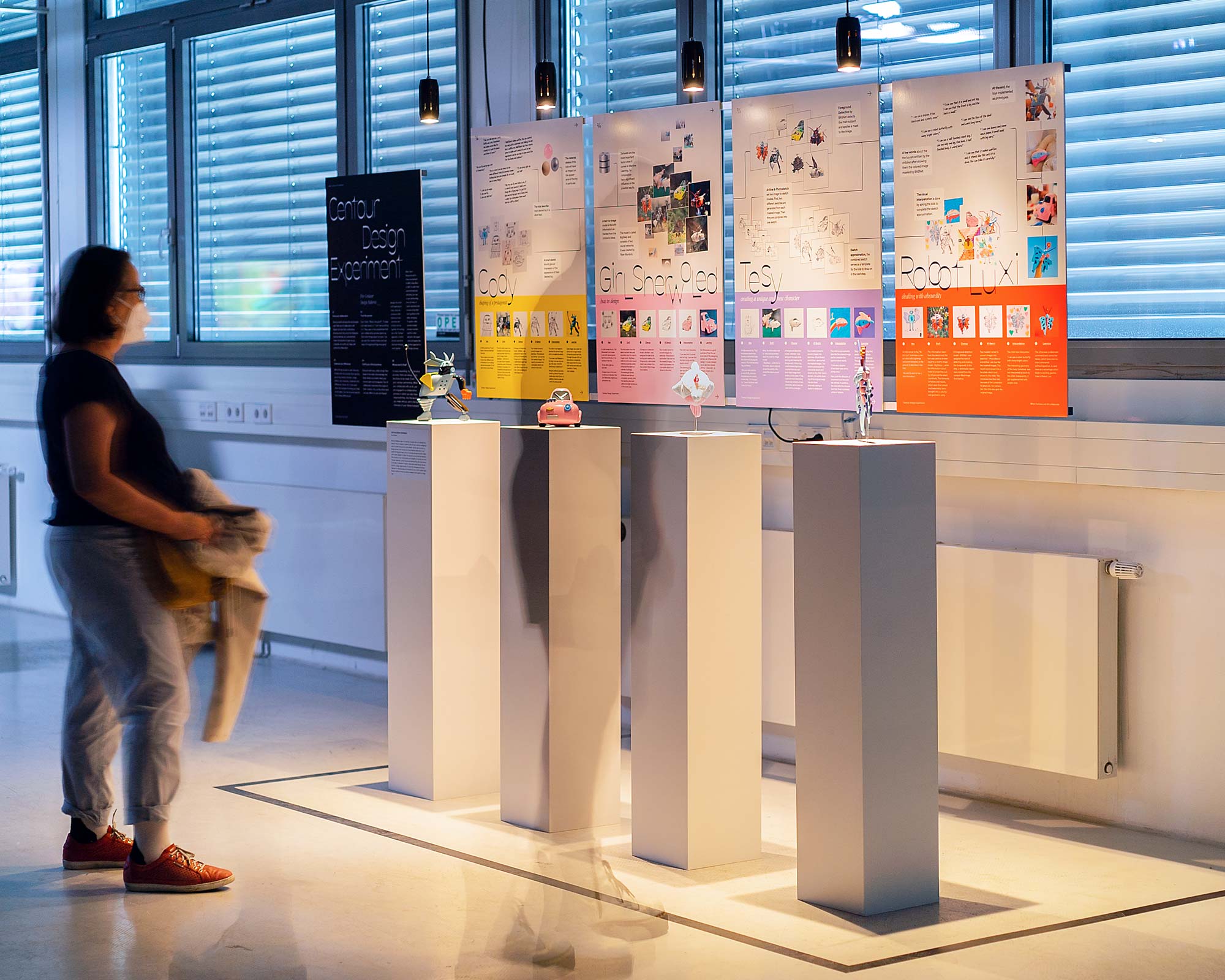
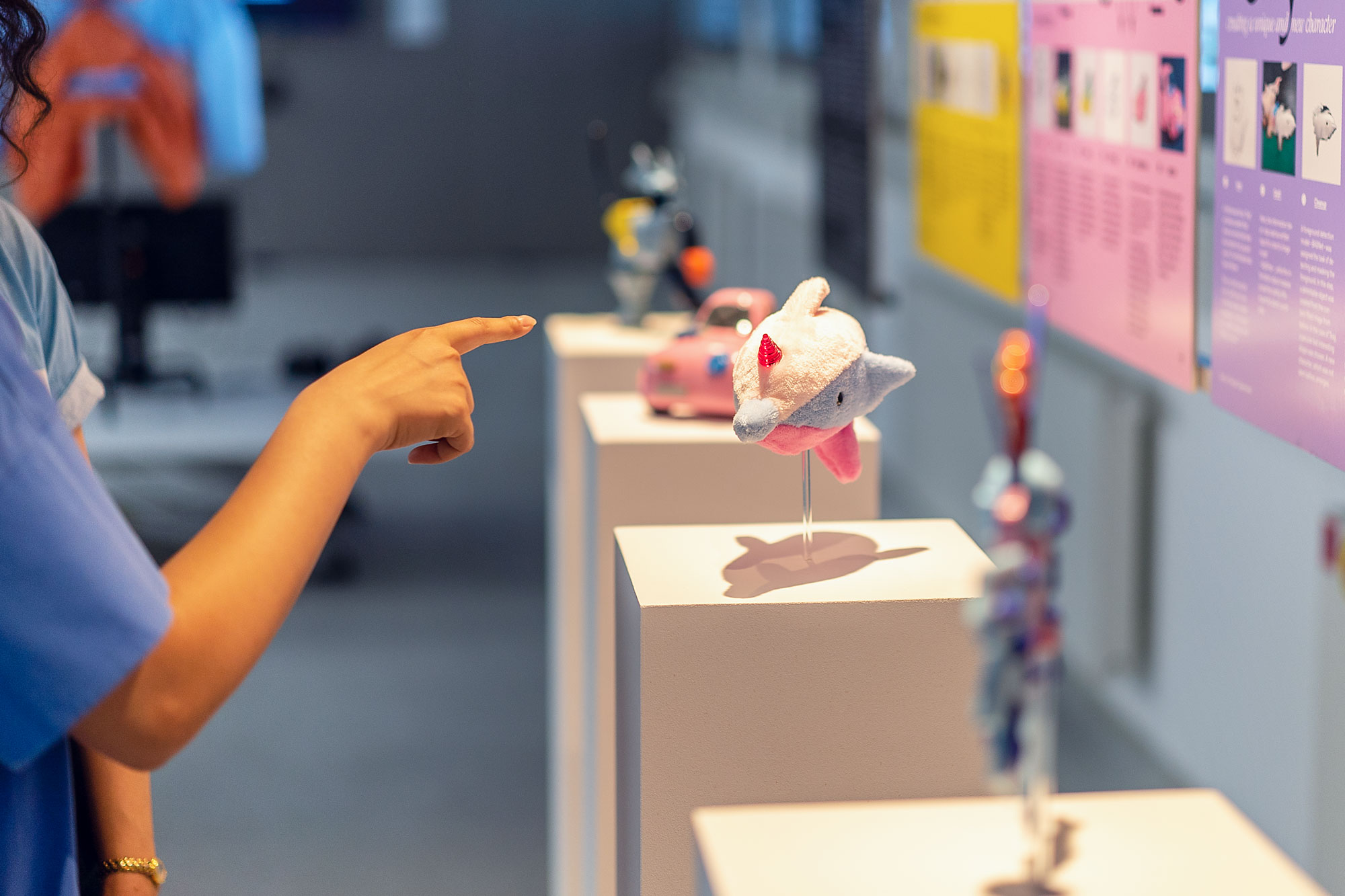


Five Centaur Design Patterns
After the experiment, it became clear that designers will collaborate with AI more often. That's why I set out to write the first five Centaur Design Patterns. Simple patterns and clues that designers should keep in mind when working with AI.
1. Know your collaborators
Inform yourself well about the technologies used. Treat your AI collaborators with respect and value their contributions. Knowing where they come from (datasets, training methods, etc.) and what their means of production is (open source, corporate, non-profit, etc.) helps with productive collaboration.
2. Trust the process
Don't think: "What's the point?", "It doesn't make sense" or "I can't see anything in it". Stay open to the possibilities that your collaborative process opens up. Don't shut things down too soon. Can you spot the creative twists and new ways of imagining things emerging?
3. Celebrate your differences
While AI has access to vast amounts of data and can process them quickly, you bring human intuition, imagination, and creativity. Celebrate this difference, thrive on it. Give each other the freedom to bring your best to the table. Can the process benefit from these differences?
4. Clarify your ethical positions
Everyone and every entity brings their biases to the table. Acknowledge that these biases are present. Keep your process open and transparent. Your AI collaborator must share the origins of their creation. You, on the other hand, can you reflect on your own biases?
5. Whose word is final?
In every rewarding, highly iterative process, there are always many decisions to be made. Even in your centaur partnership. When you collaborate with an AI, you are engaged in a collaborative process in which you also have responsibilities. Are the decisions you make ethical, and in the best interests of your fellow humans?

Process
The addidivally manufactured plastic bodies were filled and primed. Several layers of paint and a clear coat were then applied. The connector system I installed made assembly easy.
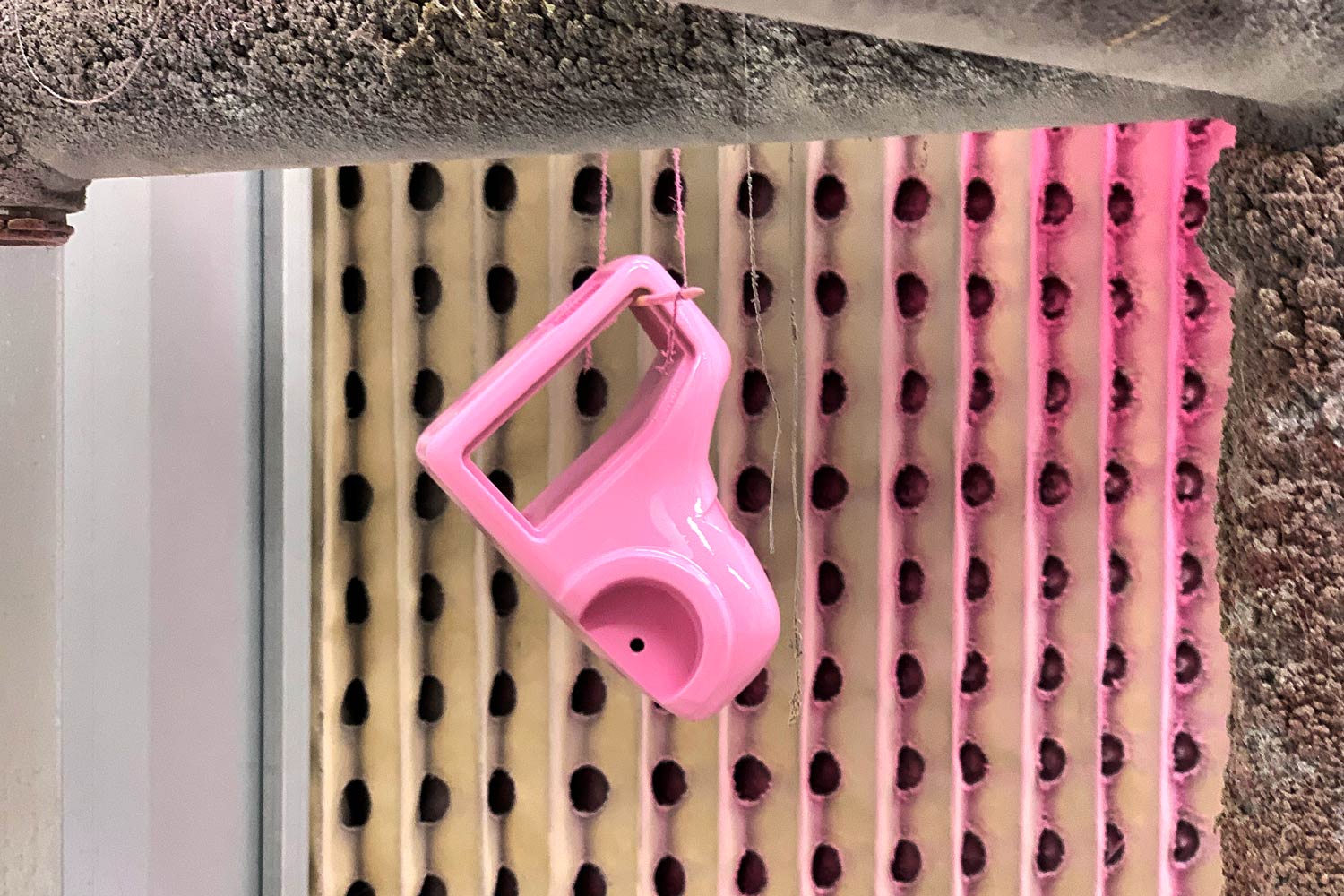
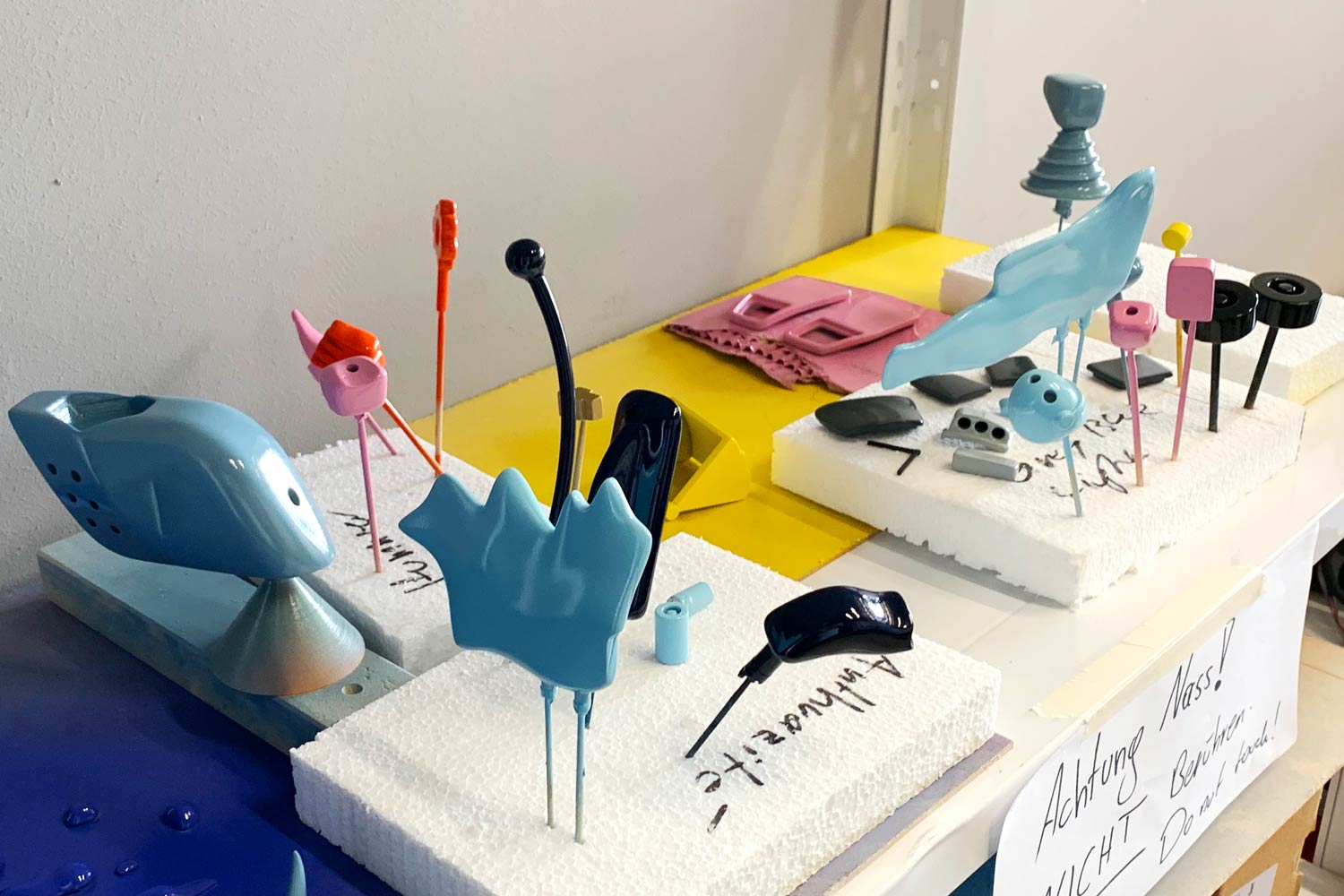
Credits
For this project I was supported by: Viviane Freismuth-Wohlfarth, Max Kure, Lucy Li, Selma Mühlbauer, Julian Paula, Florian Semlitsch, Elizabeth Sharp, Valentina Sturn and the ID2 / DI team at the University of Applied Arts Vienna.